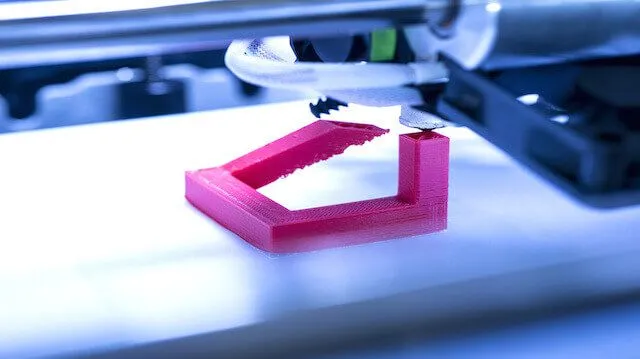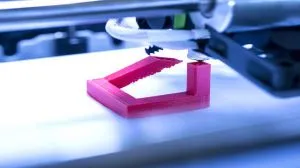
- Share on Facebook26
- Share on Pinterest
- Share on Twitter
3D printing is a technique that creates 3D objects from digital designs right before your eyes. Typically, 3D printers work with plastic or other malleable materials to create 3D structures that can be used for toys, lab tools, furniture, and more.
Until recently, 3D printing was seen as more of a novelty than a useful product. However, a new FDA-approved medication has put 3D printing in a new, and useful, light.
FDA-approved 3D printing
When and why would the FDA care what is printed using 3D printers? When medicine is being printed! On August 3, 2015, the FDA approved the very first 3D printed medication.
The FDA has approved the prescription drug Spritam (levetiracetam) as a pill printed using 3D technology. The medication is used in conjunction with other medications for epilepsy and seizures in adults and children. The FDA has stated that 3D printed Spritam may go to market as early as 2016.
The medication is manufactured by Aprecia Pharmaceuticals and uses a 3D printing method called ZipDose Technology. ZipDose creates a porous pill that disintegrates when taken with liquid.
How does ZipDose work?
ZipDose prints medication by creating premeasured, spill-proof doses of medication that are specifically tailored to each patient’s needs. The printing process stitches multiple layers of powdered medication together in an aqueous fluid that is easy to dissolve in the mouth.
According to Aprecia Pharmaceuticals, ZipDose is the, “only delivery platform to date that can achieve high doses (up to 1,000 mg) while maintaining rapid medication disintegration.”
The medication offers several benefits over other pill types:
- Easy disintegration
- Taste-masking ability
- Patient-specific doses
- A safe and easy way to take high-dose medication
The potential uses for 3D printed pills
According to Dr. Mohamed Albed Alhnan, a pharmaceutical expert at the University of Central Lancashire in the UK, 3D printed medication has a host of potential benefits. Each dose could be custom ordered for specific patients or even mixed with similar medications for optimal effect. This could drastically reduce side effects in patients and help address specific medical concerns.
Existing 3D printing in the medical industry
 3D printing technology has been around since the 1980s, but it was not until a few years ago that the industry really began to take off. Today, materials are stronger and printing techniques are more efficient and cost-effective.
3D printing technology has been around since the 1980s, but it was not until a few years ago that the industry really began to take off. Today, materials are stronger and printing techniques are more efficient and cost-effective.
In the medical industry, 3D printing is already used for the manufacturing of specific medical devices. In the past, these devices were constructed by hand or robot, which made the process laborious and time-intensive. Now, 3D printing allows precision construction without the same amount of time or expense.
3D printing is currently used to make the following products:
- Hearing aids
- Dental implants, bridges and other dental devices
- Prescription glasses
- Controlled-release drugs
It may not be long before 3D printing is a common way to produce customized medication and even supplement products. The world of medicine is rapidly changing for the better, and several innovations have emerged recently which indicate that the medical industry will soon look a lot different.
With better treatment options and customized medical plans, let’s hope the people of the future will be healthier and live longer.
—The Alternative Daily
Sources:
http://www.nlm.nih.gov/medlineplus/news/fullstory_153940.html
http://envisiontec.com/trends-in-3d-printing-of-customized-medical-devices
https://www.aprecia.com/zipdose-platform/zipdose-technology.php
- Share on Facebook26
- Share on Pinterest
- Share on Twitter

